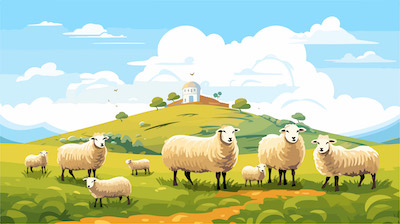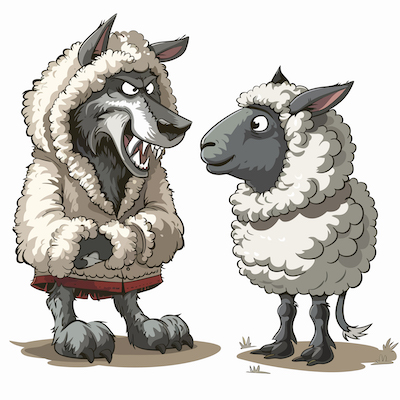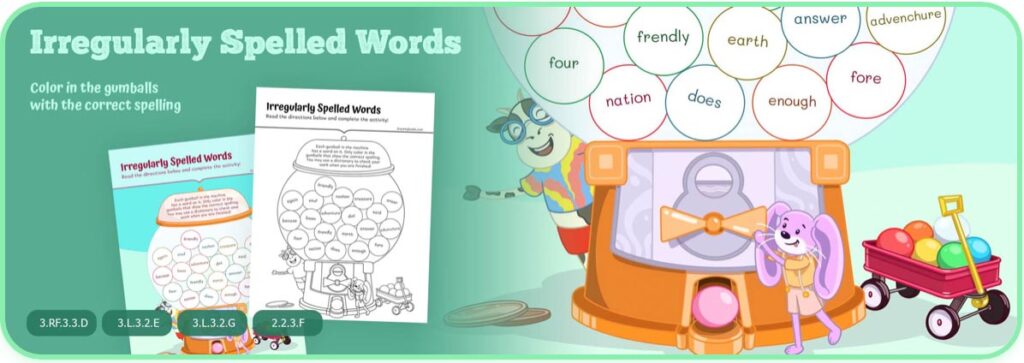The Wolf in Sheep’s Clothing: Wisdom from Aesop’s Fables

The Wolf in Sheep’s Clothing” remains one of the most compelling short bedtime stories for kids Like many of Aesop’s fables, it packs powerful lessons into a brief tale that children can easily understand and remember.. Parents and teachers continue to share this timeless tale, knowing that its simple plot carries wisdom that grows along with the child. In this story, a cunning wolf disguises himself as a sheep in order to infiltrate a flock and prey on the unsuspecting animals. Through this clever ruse, the fable highlights the dangers of being misled by outward appearances and the importance of vigilance in recognizing true intentions.
The Story
A certain Wolf could not get enough to eat because of the watchfulness of the Shepherds. But one night he found a sheep skin that had been cast aside and forgotten. The next day, dressed in the skin, the Wolf strolled into the pasture with the Sheep. Soon a little Lamb was following him about and was quickly led away to slaughter.
That evening the Wolf entered the fold with the flock. But it happened that the Shepherd took a fancy for mutton broth that very evening, and, picking up a knife, went to the fold. There the first he laid hands on and killed was the Wolf.
The evil doer often comes to harm through his own deceit.

CCSS.ELA-LITERACY.RL.5.2 Aligned Comprehension Questions:
- How does the wolf’s character change throughout the story, and what leads to his ultimate downfall?
- What role does the shepherd play in this story, and how does his action bring about the story’s resolution?
Multiple Choice Questions:
- What motivated the wolf to disguise himself?
a) He was tired of being a wolf
b) He couldn’t catch sheep because of the shepherd and dogs
c) He wanted to make friends with the sheep
d) The shepherd invited him to join the flock - How did the wolf obtain his disguise?
a) He bought it from a store
b) He found a sheep’s skin
c) The shepherd gave it to him
d) He made it from wool - Why was the wolf’s plan initially successful?
a) The shepherd was on vacation
b) The dogs were asleep
c) He blended in with the real sheep
d) He made friends with the other sheep - What ultimately led to the wolf’s downfall?
a) Another wolf revealed his identity
b) The sheep discovered his disguise
c) The dogs smelled him out
d) The shepherd randomly chose him for dinner
Educational activities based on Aesop fable
- Role-Play Exercise:
- Have students act out the story
- Discuss different perspectives (wolf, sheep, shepherd)
- Explore alternative endings
- Creative Writing:
- Write the story from different characters’ viewpoints
- Create a modern version of the tale
- Write a sequel to the story
- Discussion Topics:
- The nature of deception
- Consequences of actions
- The importance of authenticity
- How appearances can be misleading
FAQs About “The Wolf in Sheep’s Clothing”
The story of “The Wolf in Sheep’s Clothing” explores several interconnected themes that center around deception and its consequences. The primary theme focuses on how dishonesty and trickery often lead to the downfall of the deceiver.
The story also emphasizes the universal truth that wrongdoing carries consequences, illustrated by how the wolf’s clever plan ultimately leads to his own demise. 
A clever wolf, who can’t catch any sheep because the shepherd is always watching, puts on a sheep’s skin to sneak into the flock. At first, he gets away with it, but eventually his trick is discovered when the shepherd accidentally chooses him for dinner.
The moral of “The Wolf in Sheep’s Clothing” is two-fold. First, it teaches that evil intentions often lead to one’s own downfall. Second, it reminds us that appearances can be deceiving; those who engage in deception may ultimately become victims of their own tricks.
As we guide our children through life’s challenges, these short bedtime stories for kids remain valuable tools for teaching character, wisdom, and the importance of being true to oneself.
Click here for Grade 5 worksheet Connecting Details to Theme Worksheet,



